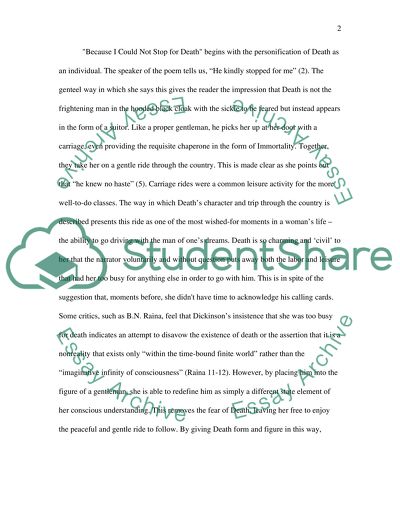Cite this document
(“Emily Dickinson's Poetry Essay Example | Topics and Well Written Essays - 1500 words”, n.d.)
Retrieved from https://studentshare.org/literature/1423347-poetry
Retrieved from https://studentshare.org/literature/1423347-poetry
(Emily Dickinson'S Poetry Essay Example | Topics and Well Written Essays - 1500 Words)
https://studentshare.org/literature/1423347-poetry.
https://studentshare.org/literature/1423347-poetry.
“Emily Dickinson'S Poetry Essay Example | Topics and Well Written Essays - 1500 Words”, n.d. https://studentshare.org/literature/1423347-poetry.


